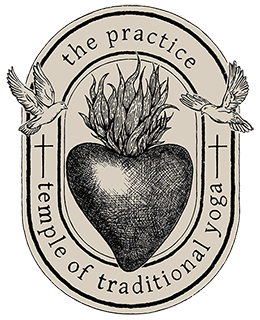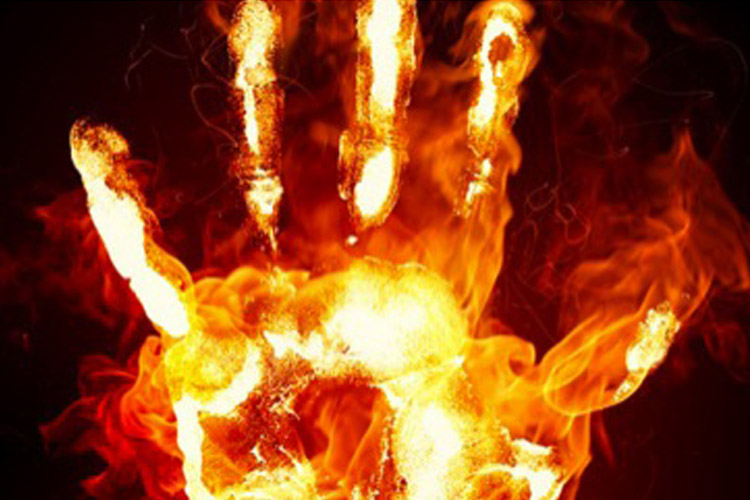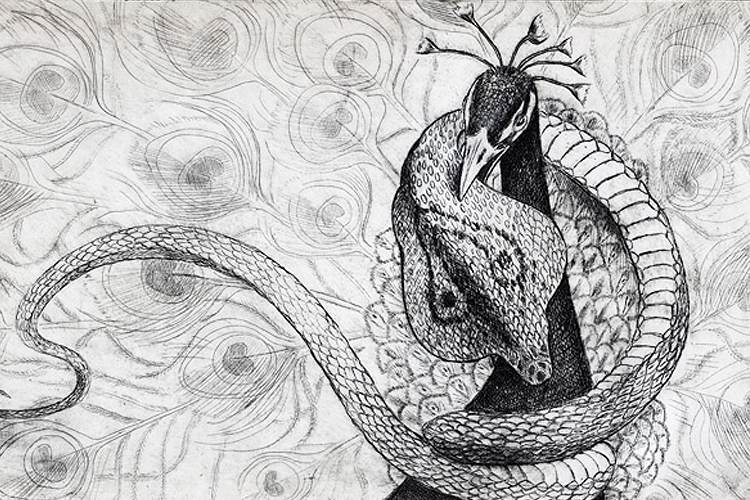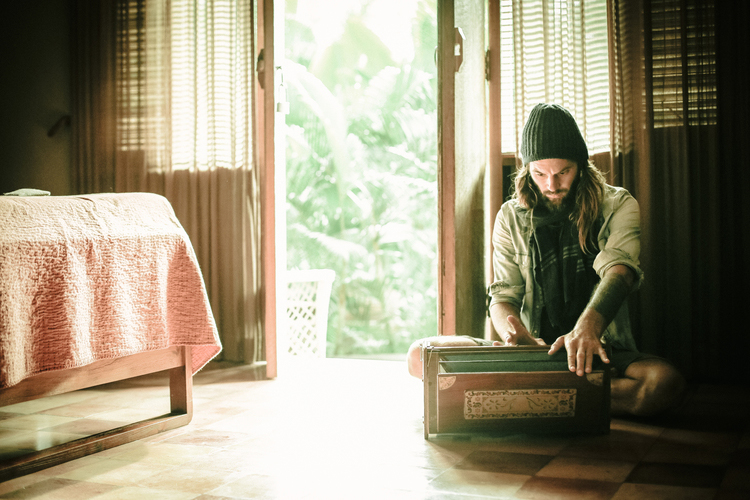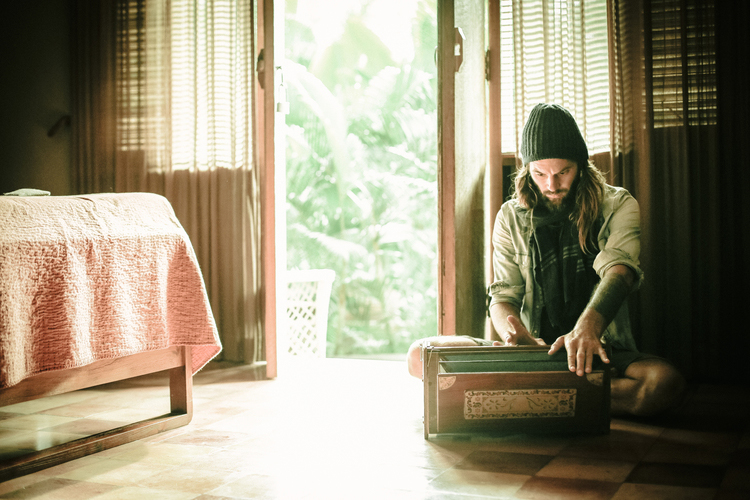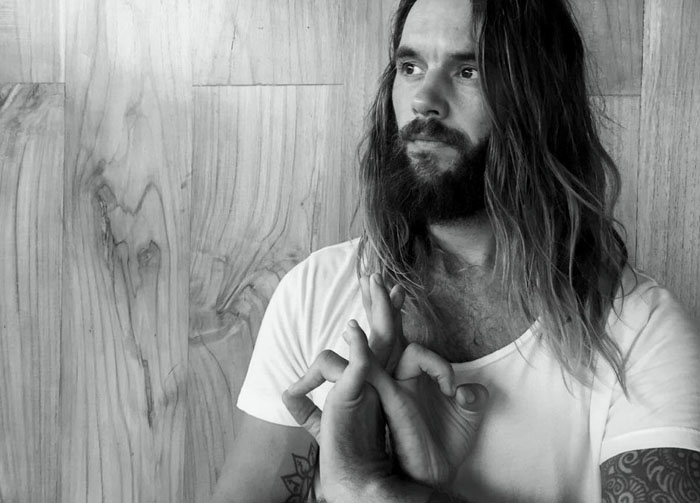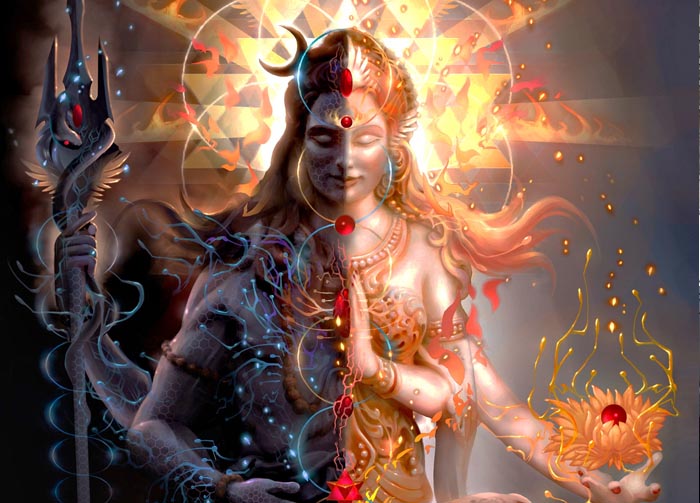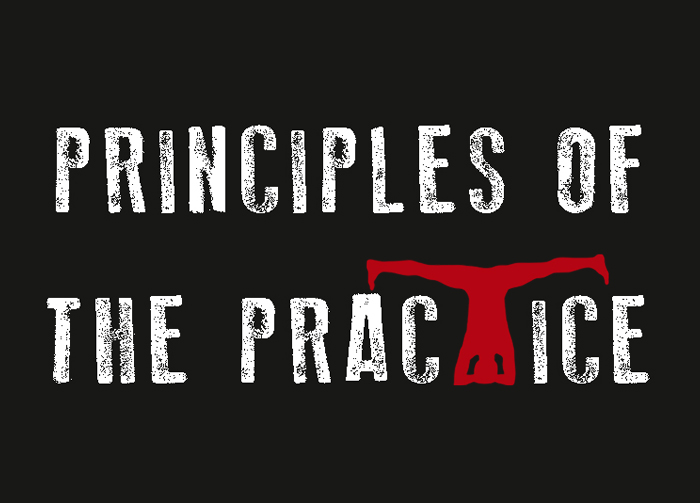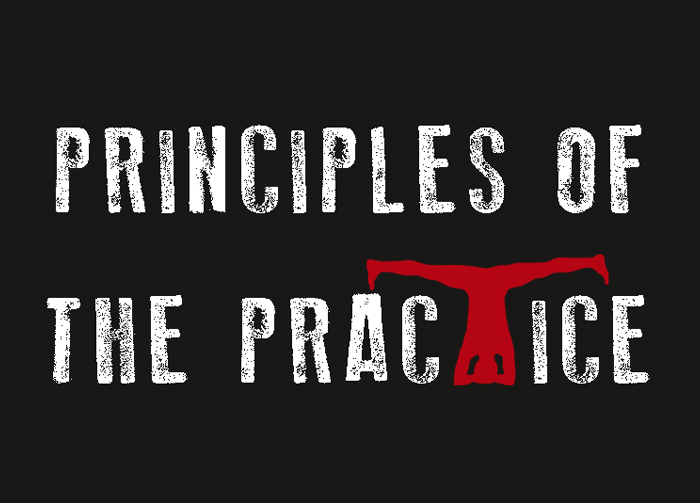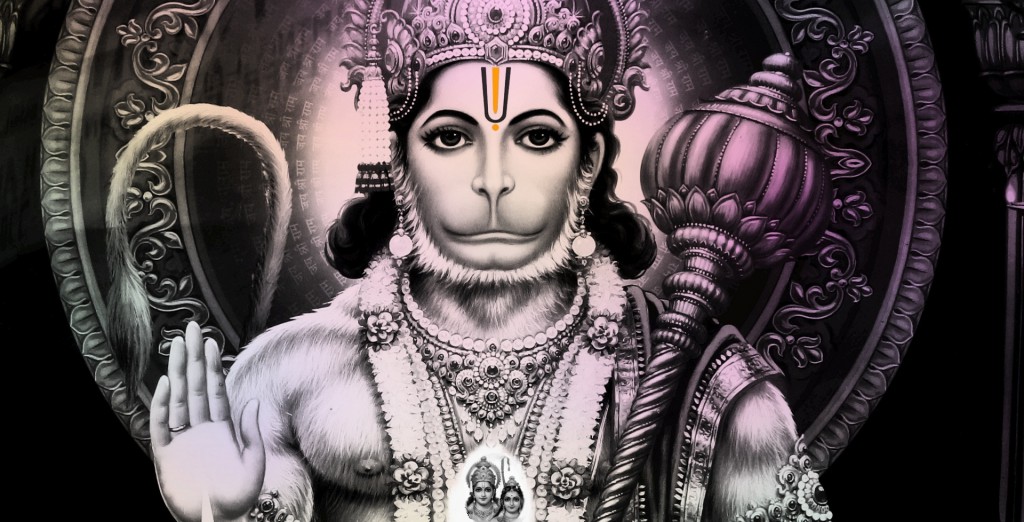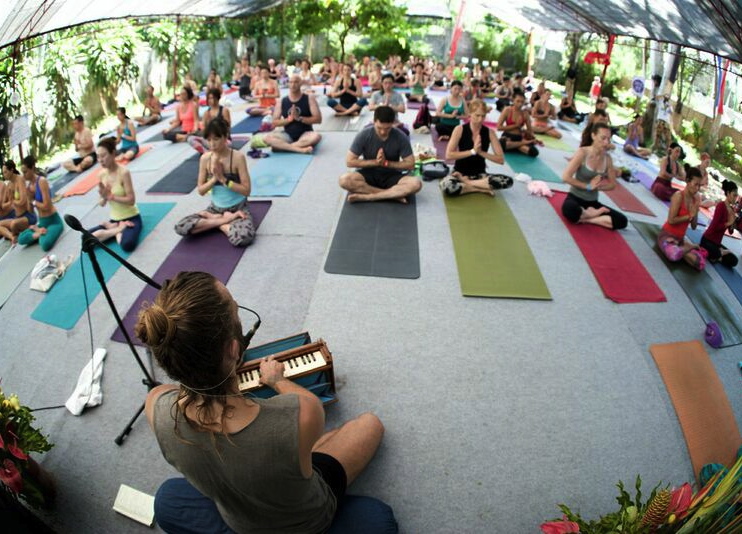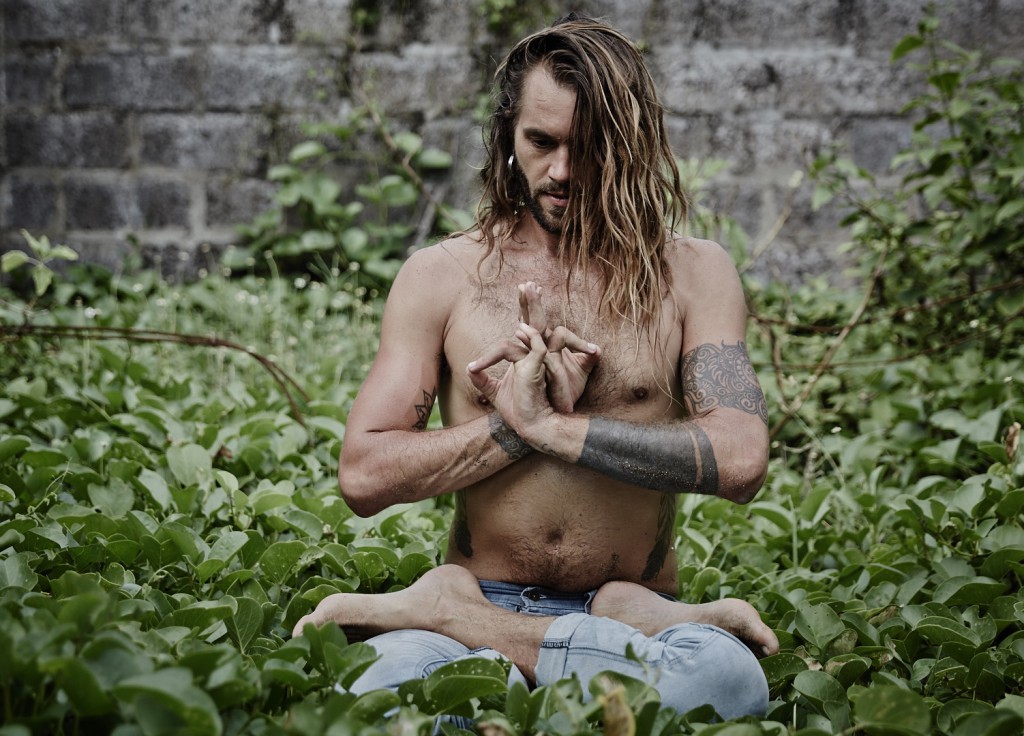by Octavio Salvado.
Not a big fan of New Year’s resolutions. I figure if you really want to change something then you’ll just fucking do it. Having said that however, as the year draws to an end, there is one thing that I intend to address more tenaciously in 2017, because if you don’t know this about your Yoga…. then you really don’t know much.
This conversation revolves specifically around ‘Traditional’ pose categorization. In many modern circles, poses are classified in a way that has no relevance to their Pranic effect.
For example, take STANDING POSES, ARM BALANCES, SEATED POSES, HIP OPENERS. All of these, although they may be beneficial in terms of understanding general sequencing, they are ‘Pranically inconsequential’ and play minimal role in relation to using Yoga to its fullest capacity.
The 6 categories of Traditional Hatha are:
- Forward Bends
- Twists
- Laterals
- Backbends
- Extensions
- Inversions
Side note: When it comes to inversions I’m only talking about Headstand and Shoulderstand. Handstand and Pinchamayurasana do not belong in this group. If your teacher ever says to you something like, ‘class, there’s 10 minutes to go please do an inversion’ and includes either of the latter two, then you know that they have not done their homework or is suffering from some kind of severe head trauma. Because in terms of both the Pranic and mental effect of these two inverted hand-balances when compared with true inversions, the results are worlds apart. But lets save that conversation for another time.
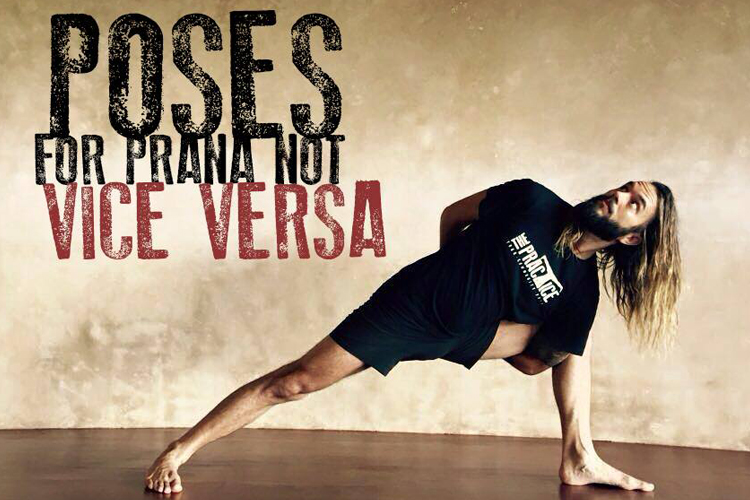
The bigger story is that ALL of the six pose categories trigger a unique response in one or a combination of the Prana Vayus. This was always the key purpose of Asana, because the follow on effect of influencing Prana is that it allows you to then influence perception in a systematic, dependable way. Mind and Energy, Moon and Sun always move together.
Lets take the example of Lateral poses. Biomechanically these stretch and strengthen the muscles along the side of the body, they also tone the lungs, kidneys and adrenals. Great. We want all of that, yet the subtle effects are much more interesting and profound when it comes to understanding the complete reach of Yoga.
Lateral poses initiate three separate movements of the Prana Vayus: 1) Pran Vayu 2) Udana Vayu and 3) Vyana Vayu.
Pran Vayu creates a vitalizing yet internalizing effect. Udana Vayu, responsible for moving energy up the central energetic column within the spine also has an internalizing effect yet is also uplifting and Vyana vayu produces a sense of energetic expansion.
In other words, the result of a ‘Laterals’ focused class is mental internalization coupled with a radiant sense of energetic expansion. It’s very specific, incredibly powerful and generates a meditative state different from states produced by any of the other categories, each having their own unique effect.
There are definitely times when combining categories is advantageous. When the focus is on Inversions, for example, all pose categories are utilized to prepare for them both physically and energetically. For the most part however, combining pose categories, as we see a great deal these days, creates a total mish-mash of Prana and as a result, Meditation remains elusive.
The image my Teacher uses is this: if you have a glass of water and squeeze a drop of yellow food colouring into it, then the water turns a brilliant yellow colour. But if you then squeeze a drop of red in…. and then a blue drop, the water becomes more and more murky and before long the ‘pure colour’ is unrecognizable.
Essentially… everything turns brown. Modern Vinyasa is mostly brown. Please enjoy.
So this is what I mean when I say, ‘Poses for Prana, not vice versa’.
To reiterate, the poses are there to influence Prana in a unique and individual way that then guides our minds towards a very specific meditative state. Unfortunately this knowledge has largely been lost over time. I’m almost certain that the great Yogi, T. Krishnamacharya is looking down on us from the upper Lokas, scratching his bald head wondering what the hell we are doing with all of this craziness, smashing around like a Pranic demolition derby.
So, Yogis, this is why it’s our firm New Year’s resolve here at The Practice to commit above all things to KEEPING TRADITION ALIVE, because if we lose Tradition, we lose everything. I believe that if what we truly want in life is to excel, to break free of the confines of mental mediocrity, then this information is not only helpful, it is indispensable. It is nothing short of the single concept that will change the way you experience your entire existence.
Wishing you an amazing New Year… and an amazing new LIFE.
